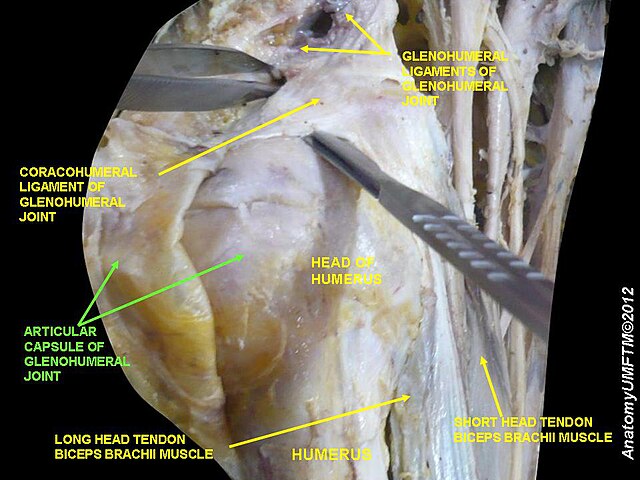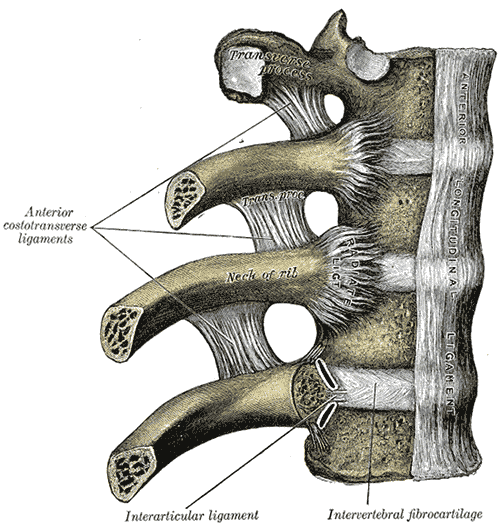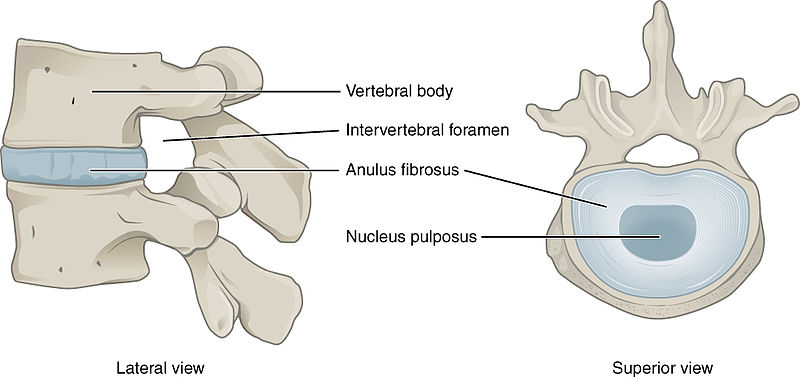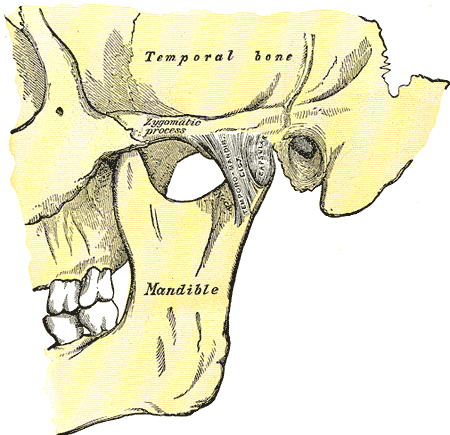We just learned about the
Radioulnar ligaments that connect the forearm bones.
Another set of ligaments is the
Carpal Ligaments, that connect the radius and ulna to the carpal bones in the wrist.
There are six different ligaments, all named for where they are and what they connect.
The bones are the radius, ulna and carpals.
The places are "dorsal" back or top of the hand, "palmar" palm side of the hand, and "collateral" sides of the wrist.
Dorsal radiocarpal - Top of the hand, connects radius to carpal
Dorsal ulnocarpal - Top of the hand, connects ulna to carpal
Palmar radiocarpal - Palm side of the hand, connects radius to carpal
Palmar ulnocarpal - Palm side of the hand, connects ulna to carpal
Ulnar collateral - Side of the wrist, connects ulna to carpal
Radial collateral - Side of the wrist, connects radius to carpal

(from: wikipedia -
radial collateral ligament of wrist joint)
Kid Facts - Blast from the past: Neuron



















